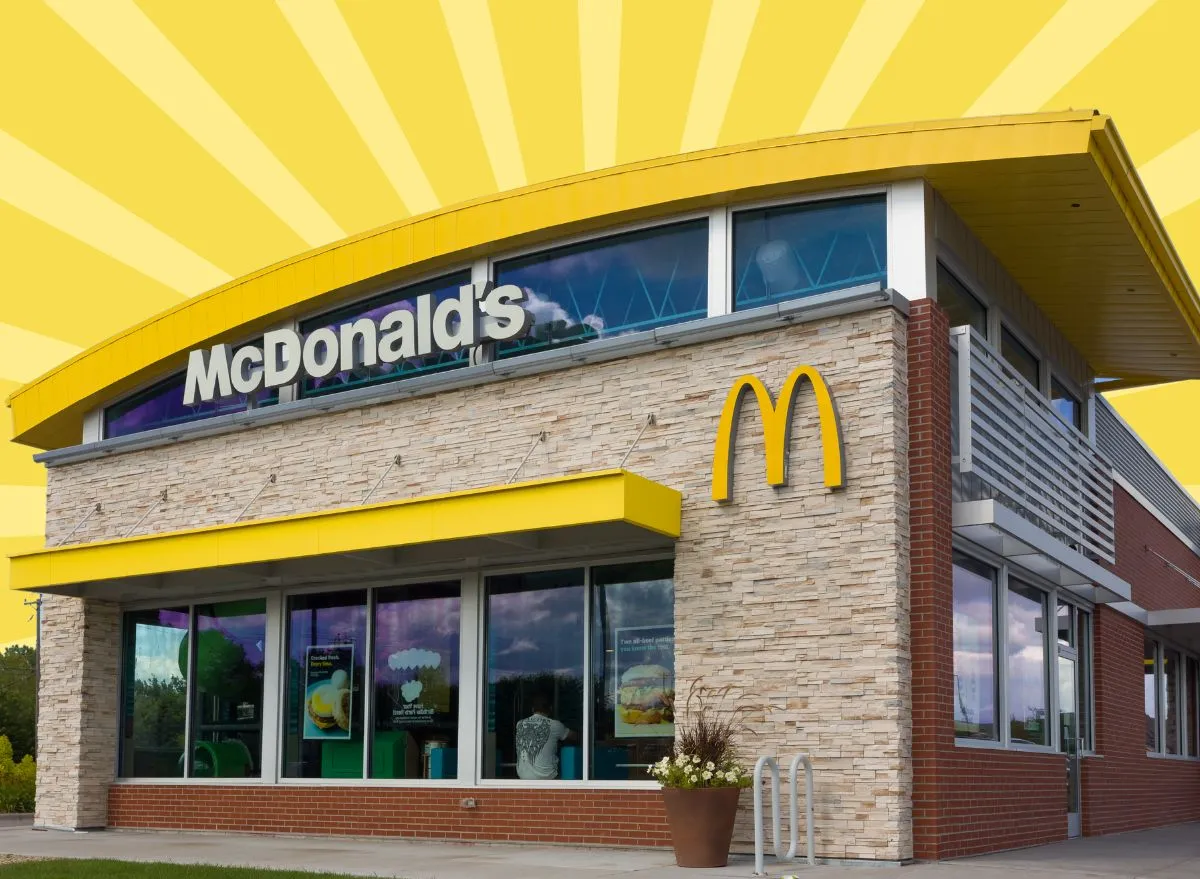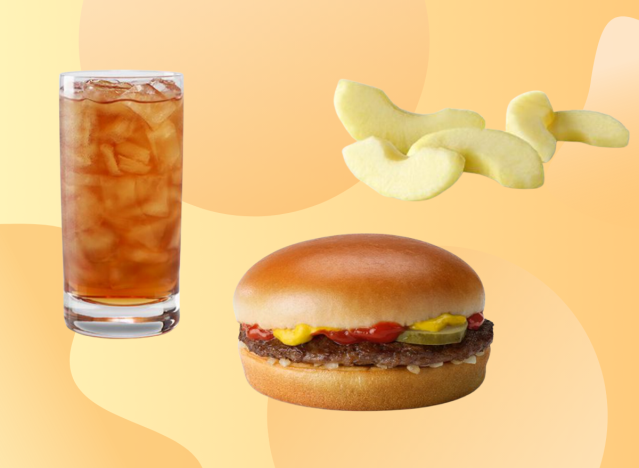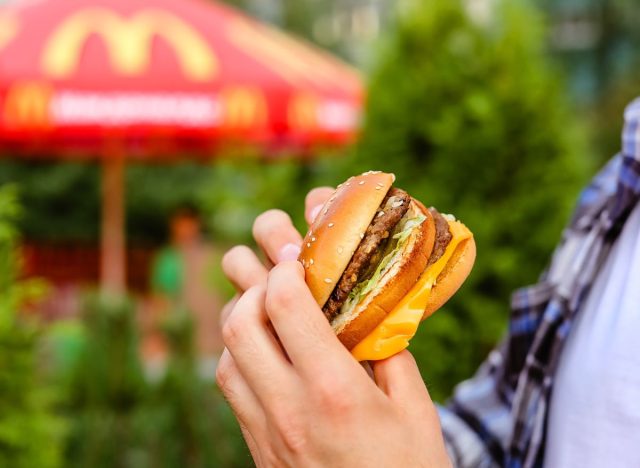The Best McDonald's Order for Weight Loss

In a world where fast food often gets a bad rap for its contribution to unhealthy diets and weight gain, McDonald's, with its global reach and iconic menu, might seem an unlikely ally for those seeking to shed pounds. However, with a bit of savvy ordering, it's possible to navigate the Golden Arches and emerge with a meal that supports your weight-loss goals. By making strategic choices that prioritize lean protein, fiber-rich vegetables, and sensible portions, you can enjoy a meal at McDonald's without derailing your progress. This article explores the best McDonald's lunch order for weight loss, offering insights into three menu items that can help you stay on track with your health and fitness journey.
The best McDonald's lunch order for weight loss is a classic burger with apple slices and unsweetened iced tea.

The best lunch order for weight loss is the McDonald's Classic Burger with a side of apple slices and an unsweetened iced tea. Opting for a basic burger, such as a McDonald's hamburger or cheeseburger, provides protein and some carbohydrates without excess calories from cheese or mayo. Choosing apple slices as a side adds fiber and natural sweetness without added sugars or fat. Selecting unsweetened tea keeps your drink calorie-free and helps you stay hydrated. This meal provides a great balance of protein, carbohydrates, and fiber, which can help keep you satisfied while managing your calorie intake.
What makes this a healthy lunch order for weight loss?
To walk out of McDonald's with a meal under 300 calories is pretty remarkable. The basic McDonald's burger is much lower in calories compared to larger sandwiches or meals while still containing a good amount of protein for a meal. Picking apple slices over fries not only adds a touch of fruity goodness to your lunch but also helps keep the calorie count in check, as fries add extra fat, carbs, and calories to the overall meal.
By choosing a plain burger without the creamy extras, you're slashing the fat in your meal. Those apple slices? They're practically fat-free. And that unsweetened iced tea? Zero calories, zero fat. All of these choices help to solidify this as the ideal healthy McDonald's meal for weight loss.
Why protein is important in a fast-food meal for weight loss:

Protein is your BFF for weight loss! It's like the superhero of nutrients because it helps you feel full and satisfied, so you're less likely to snack on those sneaky, calorie-packed treats.
Plus, it revs up your metabolism, helping you burn more calories. Because protein requires more energy to digest compared to fats or carbs, it can slightly boost your metabolism. While the increase in metabolism from protein isn't as significant as what you might get from intense exercise or other metabolic factors, every little bit can help when it comes to weight loss, making protein a valuable ally in your journey toward a healthier you!
Why is a low-fat diet important for weight loss?
Low-fat diets are often recommended for weight loss because fats are more calorie-dense than proteins or carbohydrates. Fat provides 9 calories per gram, while both protein and carbohydrates provide only 4 calories per gram. By reducing your fat intake, you can decrease your overall calorie intake, which is essential for weight loss.
Furthermore, fats are often found in foods that are less filling and can be easy to overeat, such as fried foods, pastries, and some processed foods. By choosing lower-fat options, you can often increase the volume of food you eat without consuming too many calories, helping you feel fuller while still maintaining a calorie deficit for weight loss.
It's important to note that not all fats are bad, and some fats, like those found in nuts, seeds, and avocados, are actually beneficial for health. However, for weight loss, it can be helpful to focus on reducing overall fat intake and choosing healthier sources of fats in moderation.









